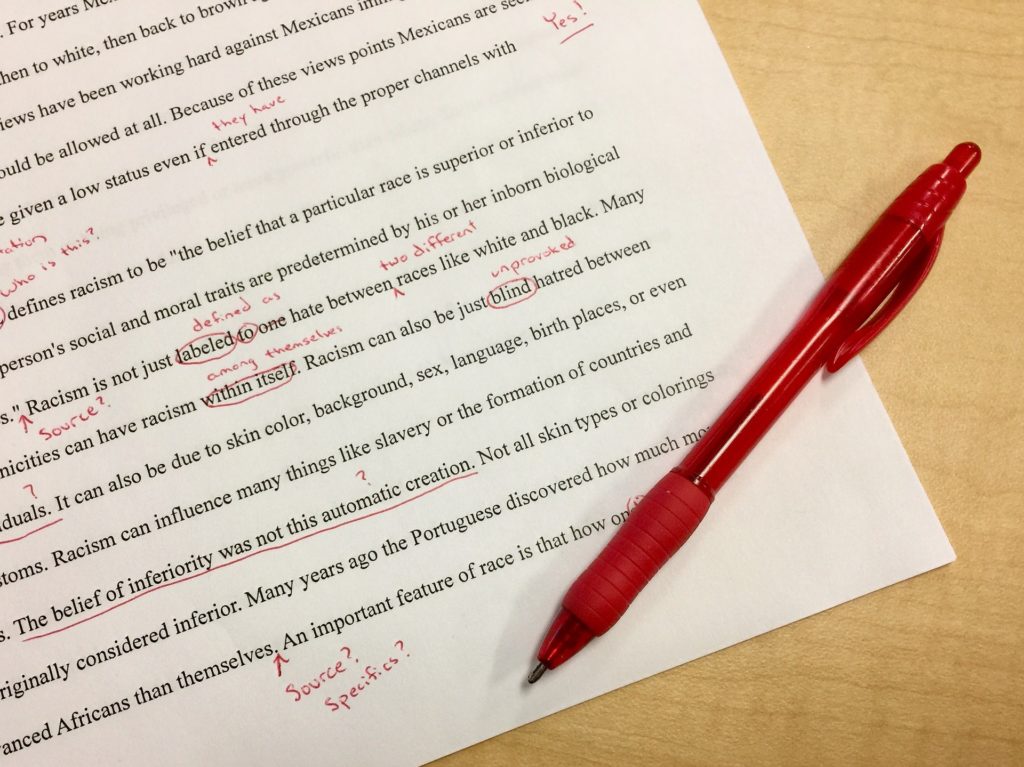When I meet with a new client, one of the first things I am asked about is the difference between a Content Editor and a Copy Editor. Writers who decide to self-publish are particularly confused about when, and if, they need to hire different editors at each phase of the publishing process.
In a nutshell, I explain it like this:
A Copy Editor checks for grammar, word usage, punctuation, and syntax, and is the last step before final Proofreading (which is formatting, or typesetting, the manuscript for publication). The Copy Editor will check for typos, misspellings, missing or extra words, and will work to make sure the sentences flow smoothly and are well-written.
The Content (or Development) Editor is all about the story, and should be the first stop in editing the manuscript. Does the plot make sense? Is the timeline consistent? Are the characters believable and likable? Does the pacing flow throughout? Is the narrative consistent? The Content Editor works closely with the writer to make important changes to the structure of the manuscript before moving on to the other phases of editing.
Think of the Copy Editor as the logical part of the brain, making sure everything is technically correct about your manuscript. Whereas, the Content Editor is the creative part of the brain, making sure the manuscript has the right feel and imagination to it.
The confusing part comes in because these two different editing roles can sometimes blend into each other.

I grew up with a mother, a grandmother, and three great-aunts who all taught English, so I know a thing or two about grammar and sentence structure. This means that, although I am a Content Editor, I will also make note of “wonky” sentences, or point out grammatical errors when I see them, even though my focus is at a higher level on Point of View, Plot Structure, and Character Arc.
This doesn’t mean that, because I found a few mistakes in grammar, the writer doesn’t need a Copy Editor for fine-tuning to be sure the manuscript is as clean as possible before publishing. Both editors have a specific role, and focus on different aspects of the manuscript.

Writers might also be tempted to use Beta Readers instead of a Content Editor. This is not a bad way to go, provided you have experienced readers who know what they are doing. Too often writers send out to Beta Readers who are basically providing a short review and not necessarily an in-depth critique of the entire work. Beta Readers are a great step after content editing to give the writer an idea of how the book might be received by an audience. But they aren’t necessarily a successful replacement for a good Content Editor.
Bottom line: Please don’t cut corners! There are far too many books and e-books out there already that were rushed to publication, and it shows. Don’t be that author.
And one more thing… You are not an “aspiring” writer.
You.
Are.
A.
WRITER!

